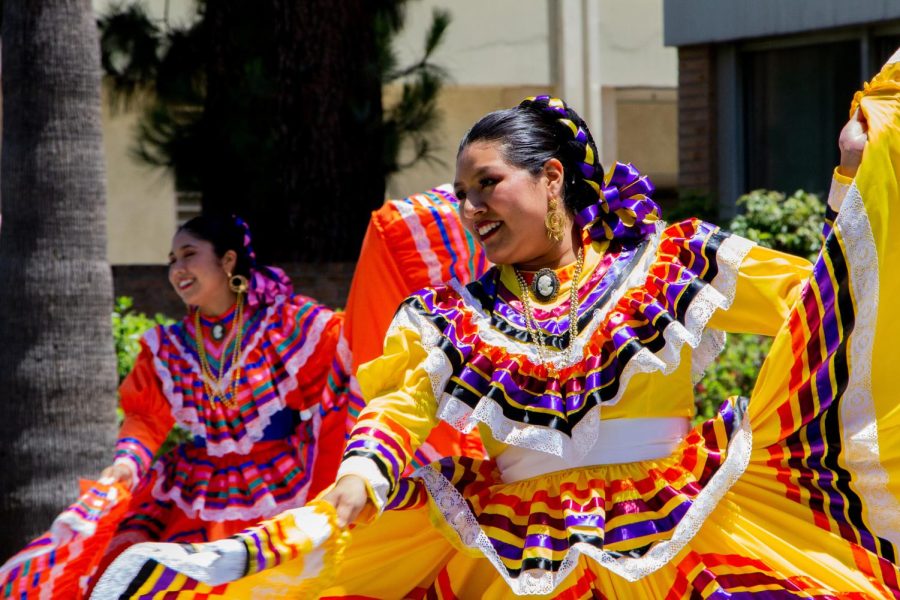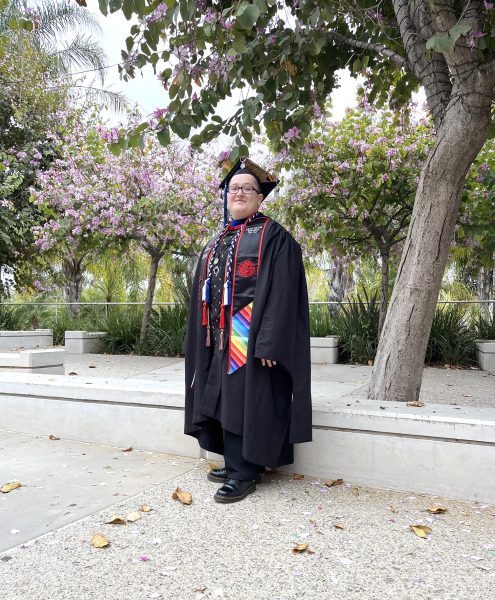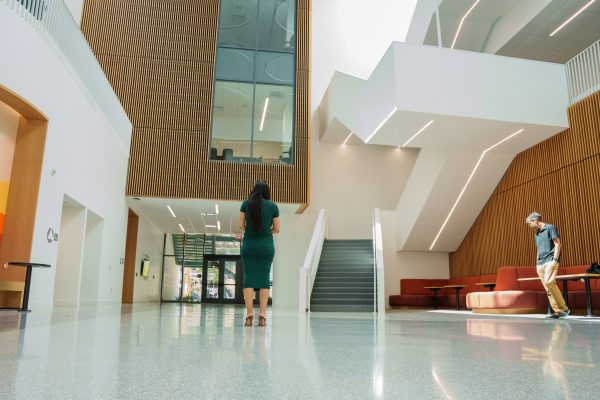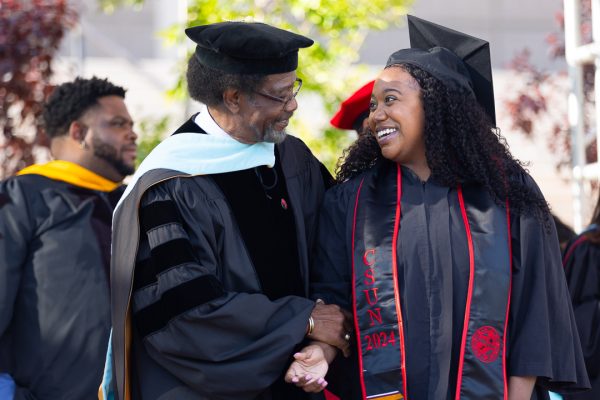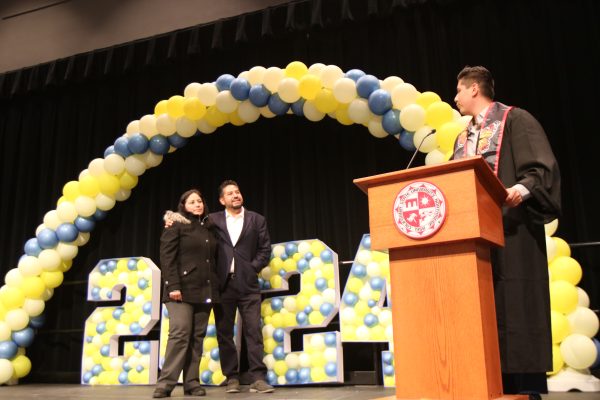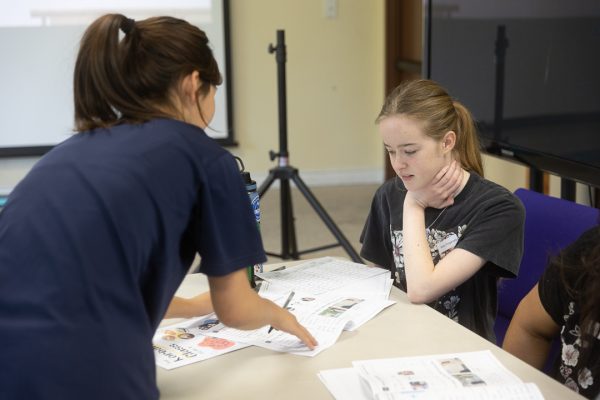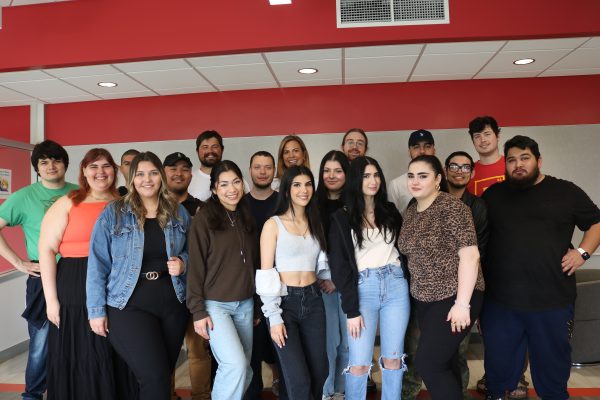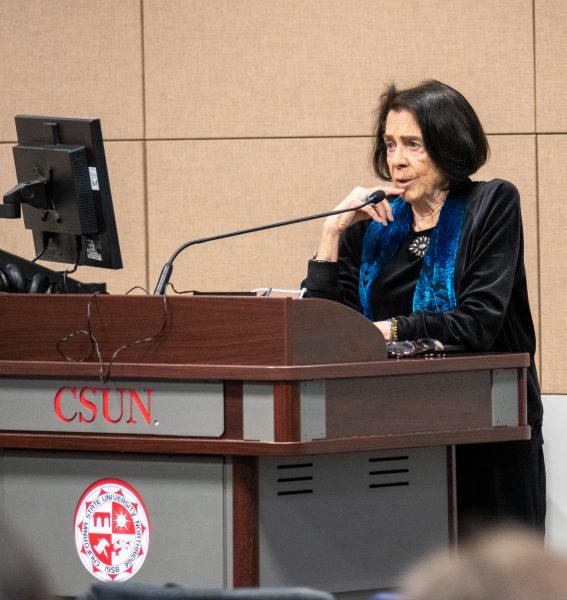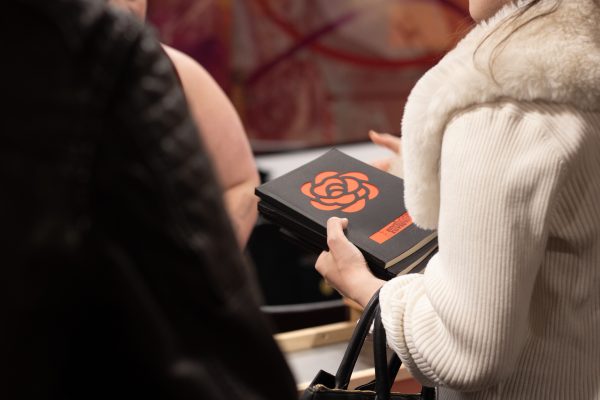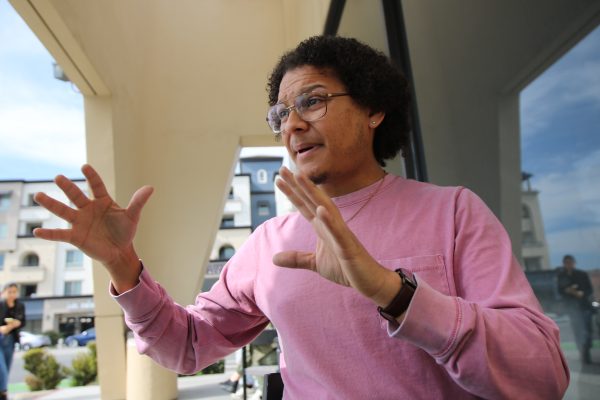Bajito y Suavecito, CSUN holds first annual lowrider show
June 26, 2023
For some people, lowrider cars may seem like flashy, colorful vehicles, decked out with hydraulics and intricate designs.
But for hundreds of Mexican Americans, the lowrider symbolizes more than just a nice car — it represents the community that Chicanos have built around trying to tell their stories and navigate their identities.
California State University, Northridge’s first annual “Low and Slow,” which took place Saturday in parking lot B4 and on Bayramian Lawn, centered around celebrating the lowrider culture.
The event was hosted by the CSUN Chicana/o studies department and featured a lowrider car show, a performance from the Ballet Folklórico Aztlán de CSUN, poetry from the Los Angeles Poet Society and a handful of different vendors.
Chicana/o studies professor Denise Sandoval said that she and Johnny Lozoya, a staff photographer of Lowrider Magazine who helped cultivate the lowrider culture in Arizona, had been discussing ways to reconnect the department and the community.
“Back in the ’60s and ’70s, lowrider clubs would have car shows with Movimiento Estudiantil Chicano de Aztlán (MEChA) and UCLA. For me, I was thinking about what happened to that bridge and that relationship,” Sandoval said. “I’m really excited that we at least have something to kick off the connection between the lowriding community, Chicana/o studies and CSUN.”
Sandoval said that trying to plan for and organize this kind of event was a challenge.
“There were a lot of campus offices that we had to deal with and it was pretty intense dealing with the bureaucratic red tape because it was the first time we were doing this,” Sandoval said. “But I think it was really important that we host a community event at CSUN. It was really important to us to find a way to include cars and have a community space.”
The Chicana/o studies professor also said that she was pleased with how the event turned out.
“I think we accomplished what we wanted, and with a limited budget, we were able to pull it off,” Sandoval said. “What we were able to pull off was wonderful and the community response to the event was great.”
Sandoval had also guest-curated “The Politics of Low and Slow,” an exhibit at the CSUN University Library, located on the second floor, that delves into the deeper history of lowrider culture in Los Angeles.
A handful of car enthusiasts, who displayed their vehicles at the event, expressed how important lowrider culture became for the Chicano community across California.
Lupe Garcia, a co-founder of the Pachuco Car Club in the San Fernando Valley, said that he uses lowriders as a way to represent himself, as do others within the Chicano community.
“In the Chicano culture, I believe the car represents the individual,” Garcia said. “Every car you’ll see out here has a different flavor, a different color, a different style. I was born and raised with lowriding in my family since I was a kid. My flavor is the Chicano style. Low and slow.”
Garcia also said that working on these types of cars requires a certain type of dedication.
“It takes a lot of time, a lot of passion and a lot of patience to build something like this,” Garcia said.
Like Garcia, car owner Jose Gomez said that he uses lowriders as a way to show off his culture. His car is decorated with designs featuring the Aztec calendar.
“It represents my roots. It represents my people, ‘La Raza,’” Gomez said. “It’s in my blood and it’s in my people. We got to do something to represent our people.”
Car owner Javier “Malo” Uribe said that he grew up surrounded by a wide variety of lowriders and that the hydraulics are what caught his interest. He also said, however, that lowriders in the past have been associated with gangs in L.A.
“In the beginning, it used to be like if you saw a lowrider, it’d be a cholo or a gang banger,” Uribe said. “Back then, you couldn’t even drive in the small, little wheels without the cops pulling you over.”
Lorraine Quiñones, who is a part of the California Lowrider Alliance, and her husband Vince are trying to undo the stigma of the lowrider culture.
“I would read about how these cars were a political statement during the Chicano movement,” Quiñones said. “My husband and I are originally from East Los Angeles, and we had experienced Whittier Boulevard being shut down when we would be cruising with our 57 Bel Air. I noticed the ‘No cruising’ signs a lot, and for me, I felt like it was a civil rights issue.”
Quiñones, who had a table at the “Low and Slow” event, said it was this experience that led her and her husband to start fighting against the cruising ban in California by pushing for Assembly Bill 436, which aims to repeal the ban.
Quiñones also said that, like many others within the community, she feels more closely connected to her culture through the vehicles.
“I feel like I’m connected with our people throughout the decades of struggle,” Quiñones said. “It’s a chance for us to bring awareness and embrace our culture and the history of our people. It’s a chance for us to do our part to make for positive change within our community, while honoring our past traditions and carrying them on to the future for our kids.”
This article has been updated to include a multimedia video.
